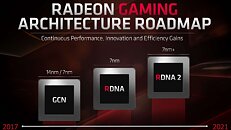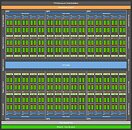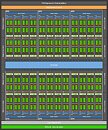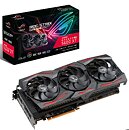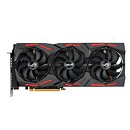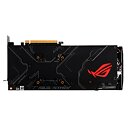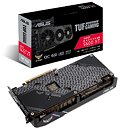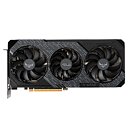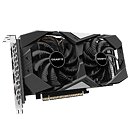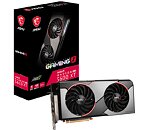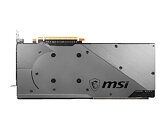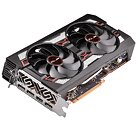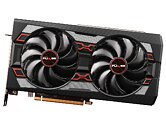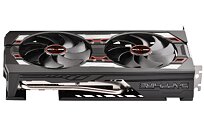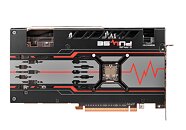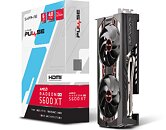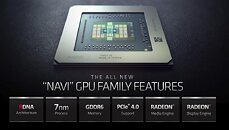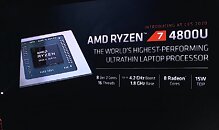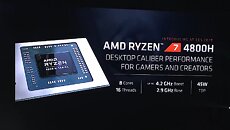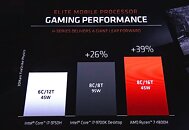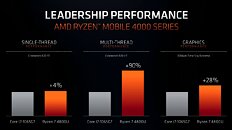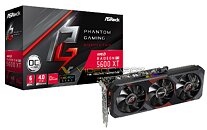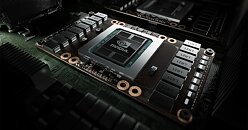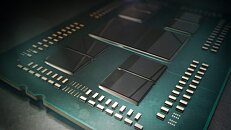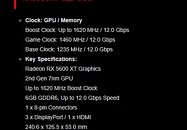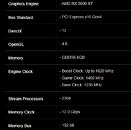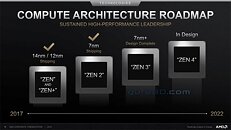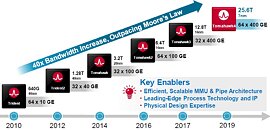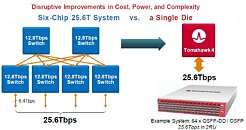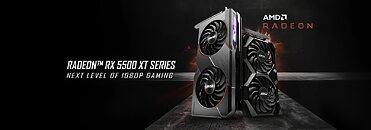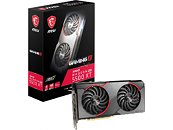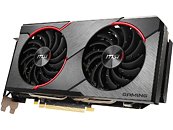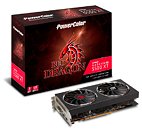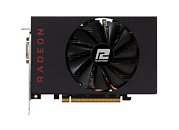
Apple Finally Buying AMD CPUs? Pointers to Ryzens Found in MacOS Beta
Since its switch to the x86 machine architecture from PowerPC in the mid-2000s, Apple has been consistent with Intel as its sole supplier of CPUs for its Macbooks, iMac desktops, and Mac Pro workstations. The company's relationship with rival AMD has been limited to sourcing discrete GPUs. If pieces of code from a MacOS beta is anything to go buy, Apple could bite the AMD bullet very soon. References to several AMD processors were found in MacOS 10.15.4 Beta 1. These include the company's "Picasso," "Renoir," and "Van Gogh" APUs.
It's very likely that with increasing CPU IPC and energy-efficiency, Apple is finally seeing the value in single-chip solutions from AMD that have a good enough combination of CPU and iGPUs. The 7 nm "Renoir" silicon in particular could change the mobile and desktop computing segments, thanks to its 8-core "Zen 2" CPU, and a "Vega" based iGPU that's highly capable in non-gaming and light-gaming tasks. AMD's proprietary SmartShift feature could also be leveraged, which dynamically switches between the iGPU and an AMD discrete GPU.
It's very likely that with increasing CPU IPC and energy-efficiency, Apple is finally seeing the value in single-chip solutions from AMD that have a good enough combination of CPU and iGPUs. The 7 nm "Renoir" silicon in particular could change the mobile and desktop computing segments, thanks to its 8-core "Zen 2" CPU, and a "Vega" based iGPU that's highly capable in non-gaming and light-gaming tasks. AMD's proprietary SmartShift feature could also be leveraged, which dynamically switches between the iGPU and an AMD discrete GPU.



